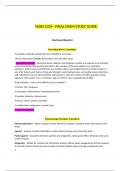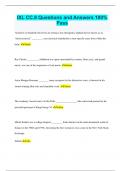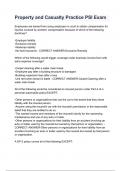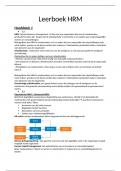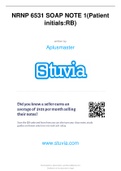Prüfung
NURS 5334 - FINAL EXAM STUDY GUIDE.
- Kurs
- Hochschule
NURS 5334 - FINAL EXAM STUDY GUIDE. Final Exam Blueprint Prescribing Basics: 2 questions Prescriptive authority regulated by the state BON in each state. Tall man lettering to highlight dissimilaries with look-alike names *Prescription contains… Physicians Name, Address, and telepho...
[ Mehr anzeigen ]
